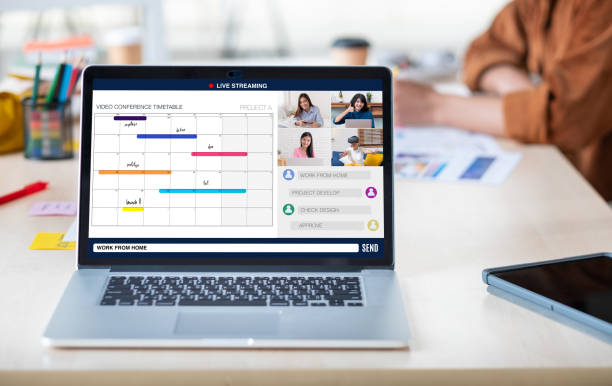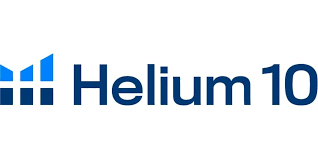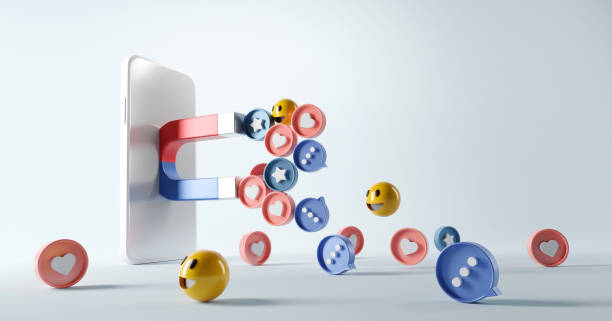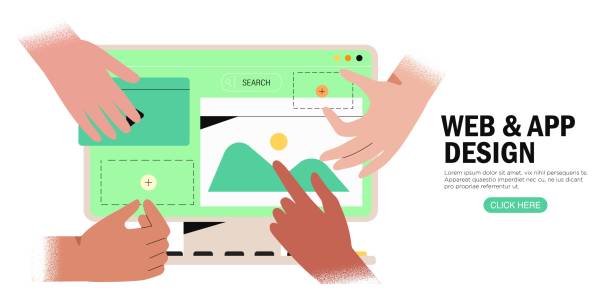In today’s fast-paced world, efficient project management is crucial. Trello, with its intuitive board-and-card system, has become a favorite tool for many individuals and teams looking to streamline their workflows. However, merely creating boards on Trello isn’t enough; to truly harness its power, you need to employ best practices that make your boards not only functional but highly effective. So, in this post, we’ll dive into the top practices for creating Trello boards that actually work, transforming your project management from chaotic to controlled.
1. Define Clear Objectives in Trello
Before you even create a board, it’s essential to define the objectives of the project or task. So, what are you trying to achieve? Additionally, setting clear goals helps you determine the structure of your board, the types of lists you need, and how to categorize your tasks. For instance, if you’re managing a marketing campaign, your objectives might include planning content, tracking social media performance, and managing ad budgets.
2. Structure Your Board Thoughtfully
The structure of your Trello board is crucial to its effectiveness. Also, a well-organized board will save you time and help you keep track of your tasks effortlessly. So, here’s a basic structure to start with:
- To Do: This list contains tasks that need to be done.
- In Progress: Tasks that are currently being worked on.
- Completed: Finished tasks.
Depending on the complexity of your project, you might need additional lists. For example, you could have separate lists for different stages of development or different teams involved in the project.
3. Use Labels for Categorization
Labels are a powerful feature in Trello that can help you categorize and prioritize tasks at a glance. You can create labels for different types of tasks, priorities, or even departments. For example, if you’re managing a product launch, you might use labels like “Design,” “Marketing,” “Sales,” and “Customer Support.” This visual categorization helps you quickly identify which areas need attention.
4. Implement a Card Hierarchy in Trello
Trello cards are where the magic happens. Each card represents a task or an item to track. So, to keep your board organized and functional, consider using a card hierarchy. Additionally, break down larger tasks into smaller, manageable subtasks by creating checklists within the cards. Also, this helps in tracking the progress of complex tasks and ensures nothing gets overlooked.

5. Utilize Power-Ups to Enhance Functionality
It offers various Power-Ups that add functionality to your boards. From calendar views to integration with other apps like Slack and Google Drive, Power-Ups can significantly enhance your Trello experience. For example, the Calendar Power-Up allows you to view due dates in a calendar format, which is incredibly useful for tracking deadlines. So, explore the available Power-Ups and enable those that align with your project needs.
6. Set Due Dates and Reminders
To keep your project on track, use Trello’s due date feature. Also, setting due dates for each card ensures that tasks are completed on time. Additionally, Trello allows you to set reminders for upcoming deadlines. This feature helps you stay on top of your tasks and prevents last-minute scrambles.
7. Create Templates for Repeated Tasks in Trello
If you frequently work on similar projects, Trello’s template feature can save you a lot of time. Create board and card templates for recurring tasks, such as weekly meetings or monthly reports. So, this way, you don’t have to recreate the same structure every time, and you can ensure consistency across your projects.
8. Collaborate and Communicate Effectively
It isn’t just about tracking tasks; it’s also a collaboration tool. Additionally, invite team members to your board and use comments on cards to discuss specific tasks. You can also assign tasks to team members, ensuring accountability and clarity. So, effective communication within Trello helps keep everyone on the same page and minimizes misunderstandings.
9. Regularly Review and Update Your Boards
A Trello board is a living document that should evolve with your project. Also, regularly review your boards to ensure they remain relevant and effective. So, update lists, add new cards, and archive completed tasks to keep your board clutter-free. Also, regular maintenance ensures that your board continues to serve its purpose efficiently.

10. Customize Your Boards to Fit Your Needs: Trello
It offers various customization options to tailor your boards to your needs. Additionally, you can adjust the colors of labels, add custom backgrounds, and even create board covers. So, personalizing your board makes it more visually appealing and easier to navigate, which can enhance your productivity.
11. Integrate with Other Tools
To maximize Trello’s potential, integrate it with other tools you use. For instance, if you’re using a time-tracking tool, you can integrate it with Trello to keep track of how much time is spent on each task. Also, integrations can streamline your workflow and ensure that all your tools work together seamlessly.
12. Leverage Automation with Butler
Trello’s Butler feature allows you to automate repetitive tasks, saving you time and reducing manual effort. For example, you can create rules that automatically move cards to the “Completed” list when a checklist is marked as done. Also, automation helps maintain consistency and efficiency in managing your tasks.
13. Encourage Feedback and Iteration
Finally, encourage feedback from your team and be open to iterating on your board’s structure. What works for one project or team might not work for another. Additionally, regularly seek input from team members and make adjustments based on their suggestions. So, an iterative approach ensures that your board remains effective and aligned with your project’s needs.

Conclusion: Trello
Creating Trello boards that actually work involves more than just setting up lists and cards. Additionally, it requires thoughtful planning, effective use of Trello’s features, and ongoing maintenance. So, by defining clear objectives, structuring your board thoughtfully, utilizing labels and Power-Ups, and integrating with other tools, you can create boards that streamline your workflow and boost productivity. Lastly, the goal is to create a board that adapts to your needs and helps you stay organized, focused, and on track. So, with these best practices, you’ll be well on your way to mastering Trello and achieving your project goals with ease.








[…] Trello: Trello, a popular project management tool, has become a success due to its user-friendly design and effective workflow management. So, the tool’s visual approach to task management helps teams stay organized and collaborate efficiently. […]